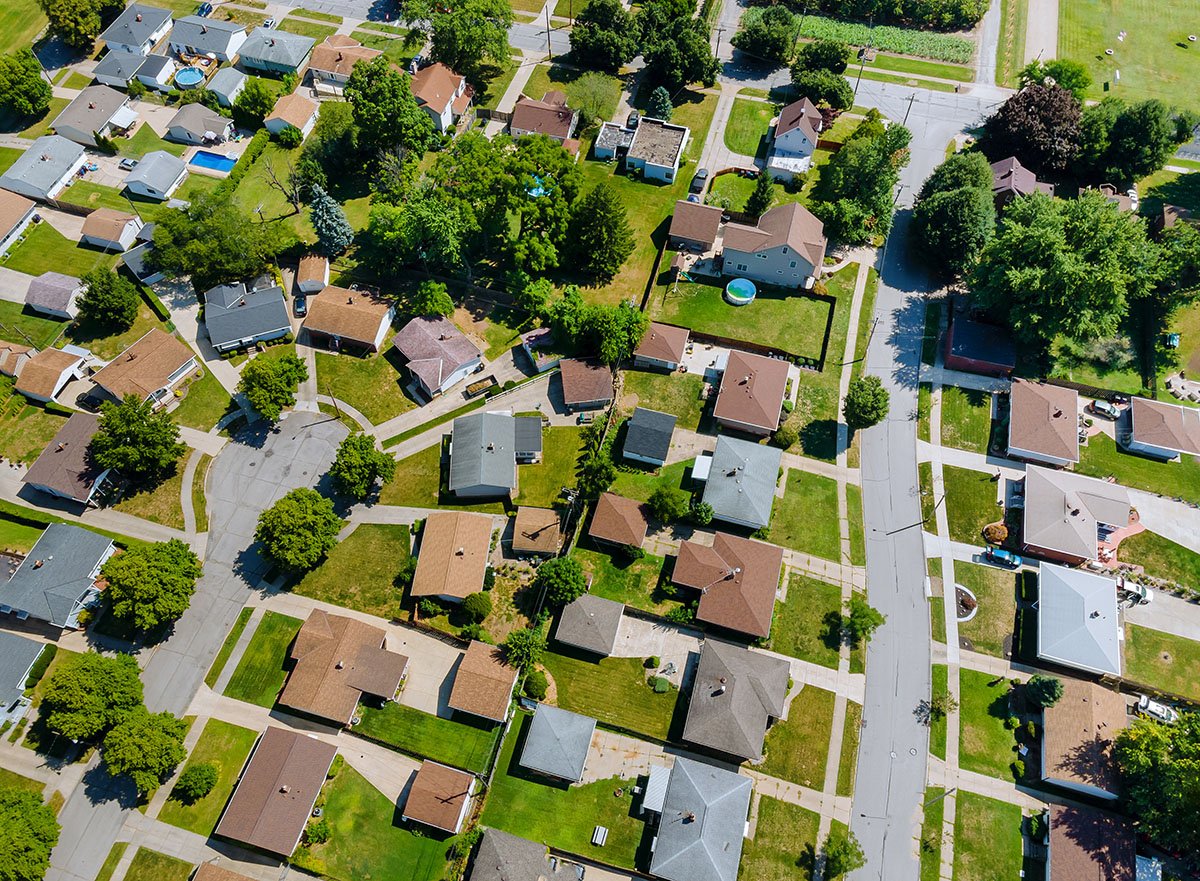-

Innovation: Artificial Intelligence in the Built Environment
Advances in artificial intelligence (AI) are revolutionizing all aspects of our lives, and structural engineering is no different. From predictive analytics for safer designs to automation in structural modeling, AI is transforming workflows and enabling structural engineers to push the boundaries of what’s possible. Ongoing research, sheds light on the transformative potential of AI within structural engineering and the broader built community.
-

Growth of the Profession: Securing the Talent Pipeline
A variety of research outlets have reported that, to meet demand, the United States needs to develop its talent pipelines in science, technology, engineering, and mathematics (STEM). Structural engineering sits directly in STEM’s crosshairs, requiring concerted efforts from education and retention to addressing racial and gender disparities.
-

Championing Resilient Design
Structural engineers remain at the forefront of resilient design practices, continually adapting to emerging build environment challenges. For example, climate change is causing more frequent extreme weather events, such as hurricanes and floods, while earthquakes also pose a threat to structural safety. As practices evolve to the realities of climate change and other structural threats, structural engineering designs also are evolving. For example, structural engineers can design structures that are more resistant to extreme weather events by using stronger materials and incorporating design features that reduce the effects of wind, water, and seismic forces. Further, reducing embodied carbon is a key focus for structural engineers aiming to design more sustainable buildings by optimizing material efficiency, using low-carbon alternatives, and considering the lifecycle impacts of their design choices.
-

Housing Shortages: Adaptive Reuse to Address Critical Needs
Recent reports from the U.S. Department of Housing and Urban Development indicate the United States experienced an 18.1 percent increase in homelessness in 2024 – a trend fueled in large part by a lack of affordable housing. Collaborating with their colleagues across the built environment, structural engineers are responding to housing shortages by looking for creative solutions. Adaptive reuse is one such solution, which involves repurposing existing structures into housing. This effort not only preserves resources, but it can also reinvigorate communities.
